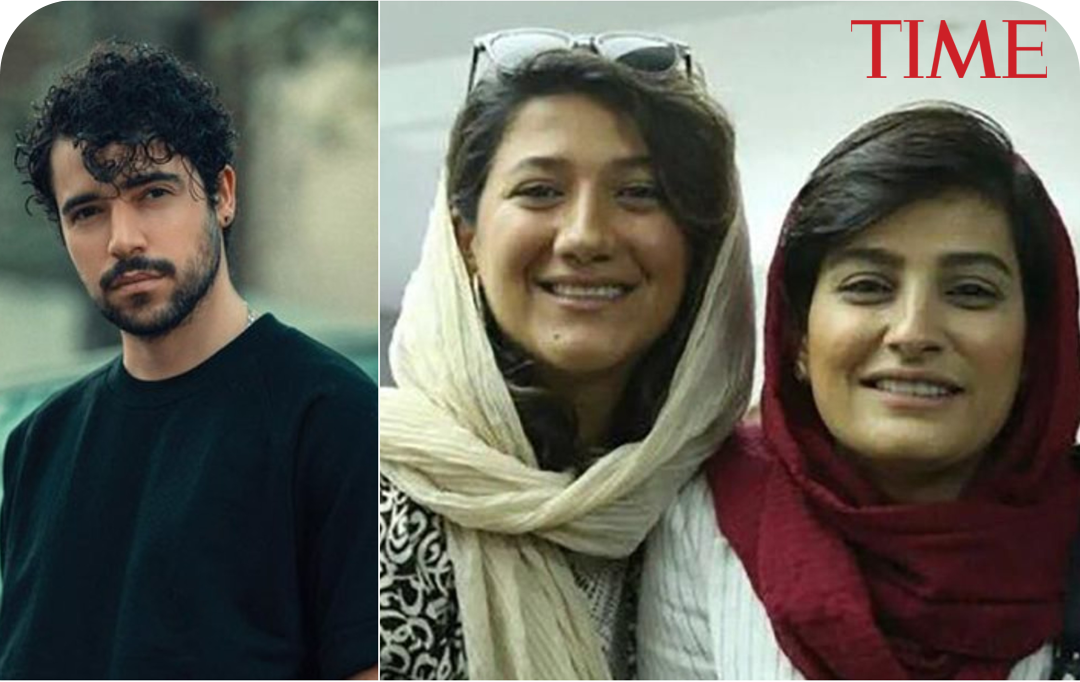In late September, Shervin Hajipour sat down at his piano in his apartment in Iran. Protests had raged across the country for more than a week after the death of Mahsa Amini, arrested for how she wore her headscarf. But people were angry about so much more. On Sept. 28, Shervin posted a song that, miraculously, managed to say what.
Shervin wrote “Baraye” with the words of fellow Iranians, who had gone online to list the ways their lives hac become intolerable. The posts appear on the screen as he sings. In “Woman, life, freedom!” the uprising had already found a slogan. Now it had an anthem. Shervin was arrested within 48 hours and held for several days. In February, “Baraye” was awarded the first Special Merit award for Best Song for Social Change at the Grammys.
A reporter named Niloofar Hamedi broke the story, publishing photographs of Amini lying brain-dead in the hospital, and devastated family members embracing in the hall. Elaheh Mohammadi covered the funeral, which doubled as a protest that soon spread across Iran. It was the kind of journalism that earns accolades in any normal society. Hamedi and Mohammadi have instead been rewarded with excruciating limbo. They were arrested and remain in Evin Prison. The charges conspiring with the intelligence agencies of foreign powers to undermine Iran’s national security-are as farcical as they are severe.
Journalism has been dying a slow death in Iran. Brave domestic reporters are the lone reason its light still flickers.





